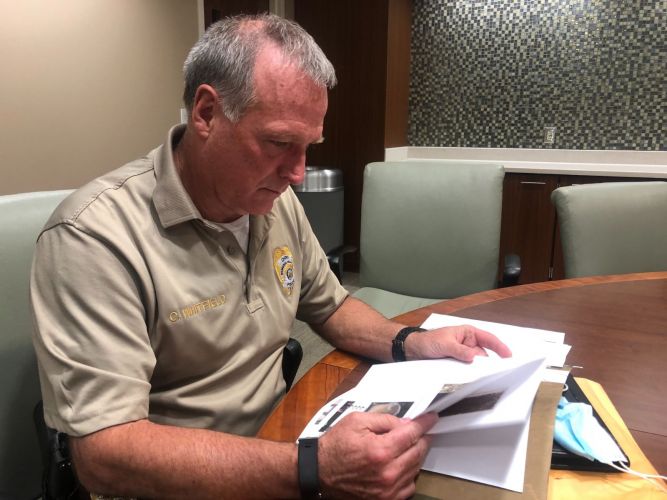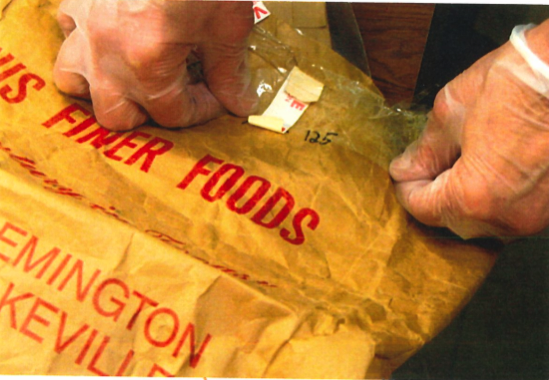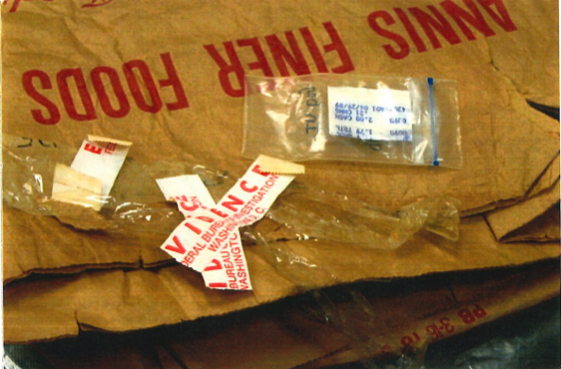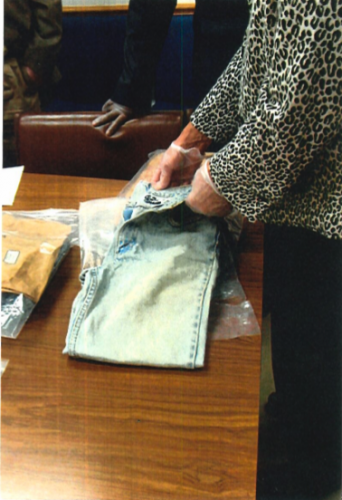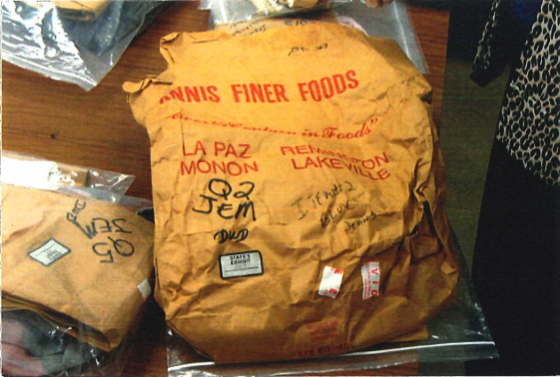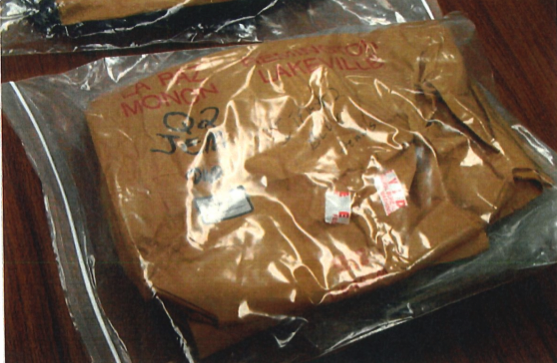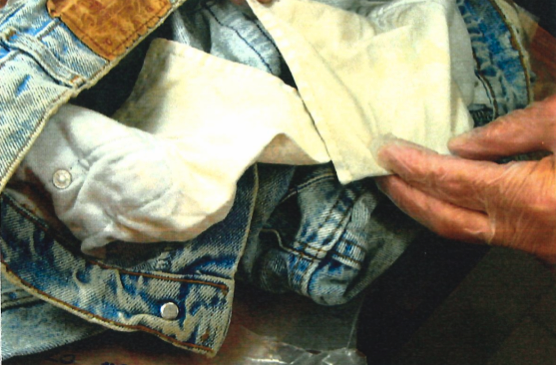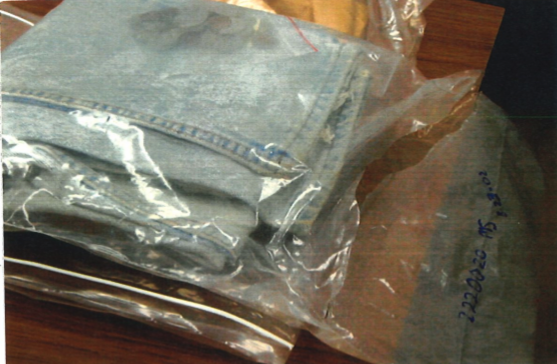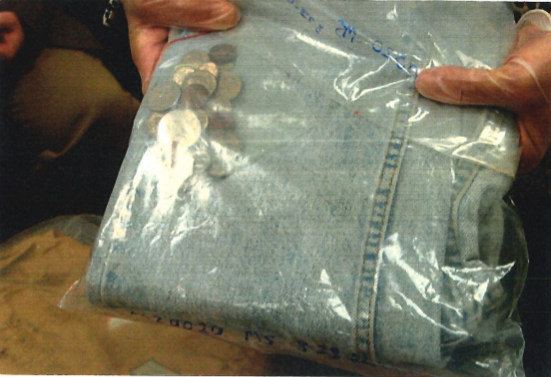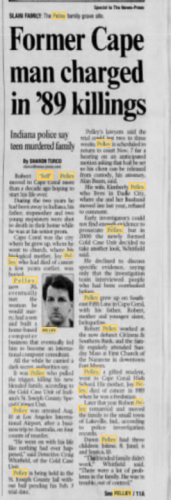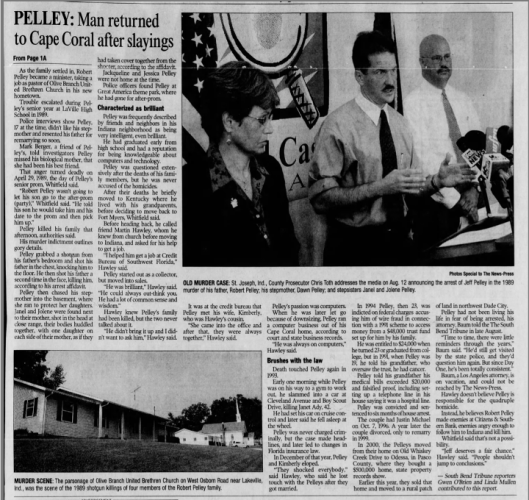The cold case homicide investigator who built a case against Jeff 13 years after the Pelley murders details his investigation and logic. Delia raises questions about a critical piece of evidence used to make the arrest that he can’t explain.
Episode Photos
Episode Source Material
- “Former Cape Man Charged in 89’ Killings” by Sharon Turco for The Fort Myers News Press September 22nd, 2002 via newspapers.com


